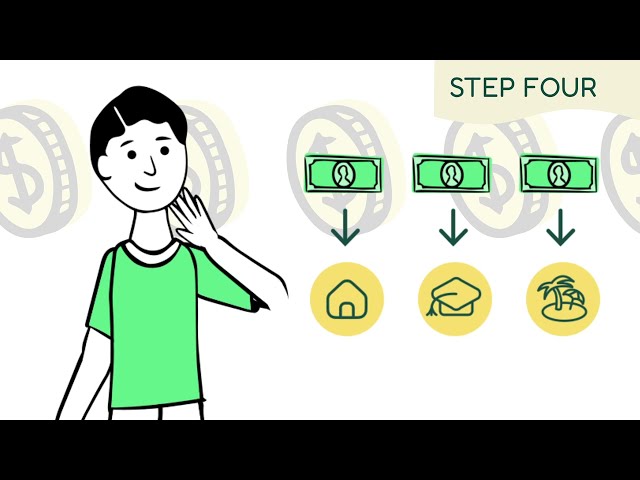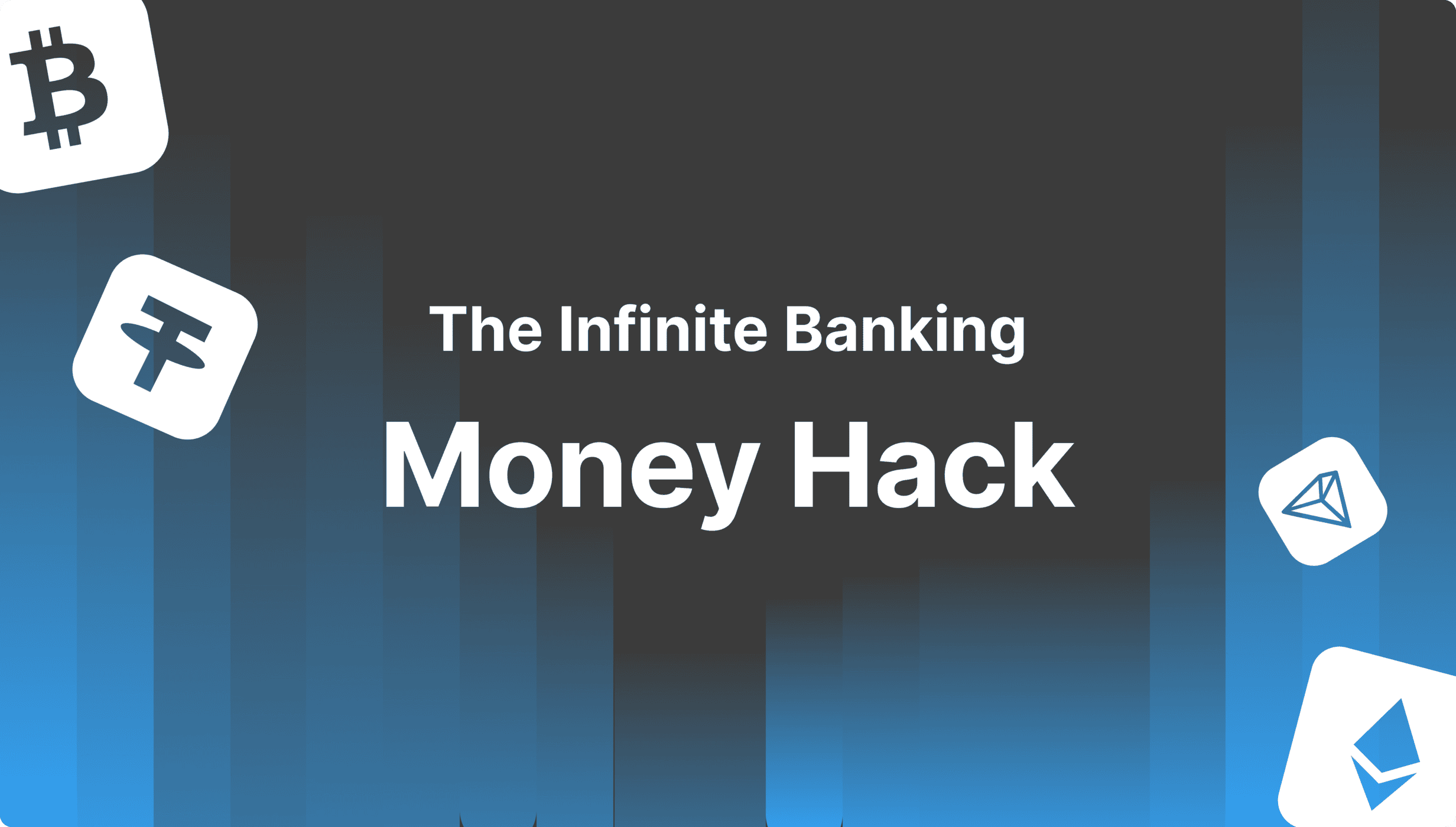All Categories
Featured
Table of Contents
Okay, to be reasonable you're actually "banking with an insurance company" instead than "banking on yourself", yet that principle is not as easy to market. It's a little bit like the concept of getting a residence with cash money, then obtaining versus the home and putting the cash to work in an additional financial investment.
Some individuals like to discuss the "velocity of money", which basically implies the same point. In truth, you are simply taking full advantage of utilize, which functions, but, of course, functions both means. Frankly, every one of these terms are rip-offs, as you will see below. However that does not indicate there is nothing beneficial to this concept once you get past the advertising.
The entire life insurance market is afflicted by excessively expensive insurance coverage, huge payments, questionable sales techniques, reduced prices of return, and improperly informed customers and salespeople. Yet if you wish to "Bank on Yourself", you're mosting likely to have to wade into this sector and in fact purchase entire life insurance policy. There is no substitute.
The guarantees inherent in this item are important to its function. You can obtain against a lot of kinds of money value life insurance policy, but you should not "financial institution" with them. As you buy a whole life insurance coverage policy to "financial institution" with, keep in mind that this is an entirely different section of your monetary strategy from the life insurance policy section.
As you will see below, your "Infinite Banking" plan really is not going to reliably provide this vital monetary feature. One more problem with the fact that IB/BOY/LEAP counts, at its core, on an entire life policy is that it can make buying a policy troublesome for several of those interested in doing so.
Permanent Life Insurance Infinite Banking
Unsafe leisure activities such as SCUBA diving, rock climbing, sky diving, or flying also do not mix well with life insurance products. That might function out fine, given that the point of the policy is not the death benefit, however bear in mind that acquiring a policy on minor kids is much more costly than it should be because they are normally underwritten at a "typical" price instead than a liked one.

Many policies are structured to do one of 2 things. The commission on an entire life insurance plan is 50-110% of the very first year's premium. Occasionally plans are structured to make the most of the death benefit for the costs paid.
The rate of return on the plan is very crucial. One of the ideal means to make the most of that factor is to get as much cash as feasible right into the policy.
The very best means to boost the price of return of a plan is to have a fairly tiny "base policy", and afterwards put more cash into it with "paid-up additions". As opposed to asking "Exactly how little can I place in to obtain a particular death advantage?" the inquiry becomes "How much can I legitimately placed right into the plan?" With even more money in the policy, there is even more money worth left after the prices of the survivor benefit are paid.
A fringe benefit of a paid-up enhancement over a normal premium is that the commission price is reduced (like 3-4% as opposed to 50-110%) on paid-up additions than the base policy. The much less you pay in payment, the greater your rate of return. The rate of return on your money worth is still mosting likely to be adverse for some time, like all cash worth insurance coverage.
A lot of insurance policy firms only offer "straight recognition" loans. With a straight recognition loan, if you borrow out $50K, the reward price applied to the cash money value each year just applies to the $150K left in the policy.
Infinite Bank Concept
With a non-direct acknowledgment lending, the firm still pays the exact same returns, whether you have actually "borrowed the money out" (technically against) the plan or not. Crazy? Who knows?
The companies do not have a source of magic cost-free money, so what they give up one location in the plan have to be taken from another location. However if it is taken from a function you care much less about and place right into a feature you care more around, that is a good idea for you.
There is another important feature, generally called "laundry financings". While it is fantastic to still have actually rewards paid on money you have taken out of the policy, you still need to pay passion on that particular finance. If the reward price is 4% and the car loan is billing 8%, you're not exactly coming out in advance.
With a laundry financing, your car loan rate of interest is the exact same as the returns rate on the policy. So while you are paying 5% rate of interest on the lending, that passion is completely balanced out by the 5% reward on the car loan. In that respect, it acts just like you withdrew the cash from a financial institution account.

5%-5% = 0%-0%. Same same. Hence, you are now "financial on yourself." Without all three of these variables, this policy simply is not going to function quite possibly for IB/BOY/LEAP. The most significant concern with IB/BOY/LEAP is individuals pushing it. Nearly all of them stand to make money from you buying right into this idea.
There are numerous insurance coverage representatives talking about IB/BOY/LEAP as an attribute of whole life who are not in fact offering policies with the essential features to do it! The trouble is that those who understand the principle best have an enormous conflict of interest and typically pump up the advantages of the idea (and the underlying policy).
Infinite Banking Canada
You must compare loaning versus your plan to withdrawing money from your interest-bearing account. Go back to the start. When you have absolutely nothing. No deposit. No cash in financial investments. No money in money value life insurance policy. You are encountered with an option. You can place the money in the financial institution, you can spend it, or you can get an IB/BOY/LEAP policy.
It grows as the account pays passion. You pay tax obligations on the rate of interest yearly. When it comes time to buy the watercraft, you withdraw the cash and get the watercraft. You can conserve some even more money and put it back in the financial account to begin to make interest again.
It grows for many years with resources gains, returns, rents, and so on. Several of that earnings is taxed as you accompany. When it comes time to get the boat, you sell the investment and pay tax obligations on your lengthy term resources gains. You can conserve some more cash and get some more investments.
The cash value not used to spend for insurance coverage and commissions expands over the years at the dividend price without tax obligation drag. It starts with negative returns, however with any luck by year 5 approximately has actually recovered cost and is growing at the dividend price. When you go to buy the watercraft, you borrow against the policy tax-free.
Infinite Banking Think Tank
As you pay it back, the money you paid back starts expanding again at the reward rate. Those all job quite in a similar way and you can contrast the after-tax rates of return.
They run your credit score and give you a finance. You pay passion on the borrowed money to the bank till the finance is paid off.
Table of Contents
Latest Posts
Private Banking Concepts
Become Your Own Bank. Infinite Banking
My Own Bank
More
Latest Posts
Private Banking Concepts
Become Your Own Bank. Infinite Banking
My Own Bank